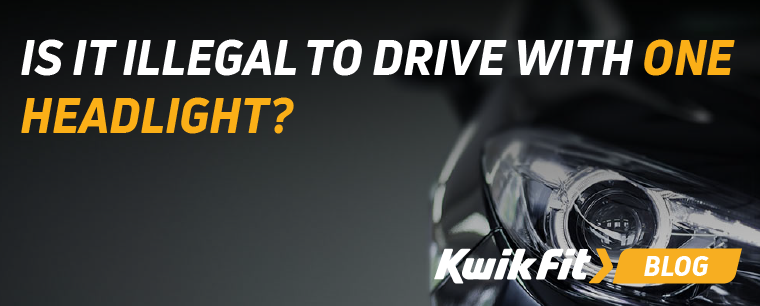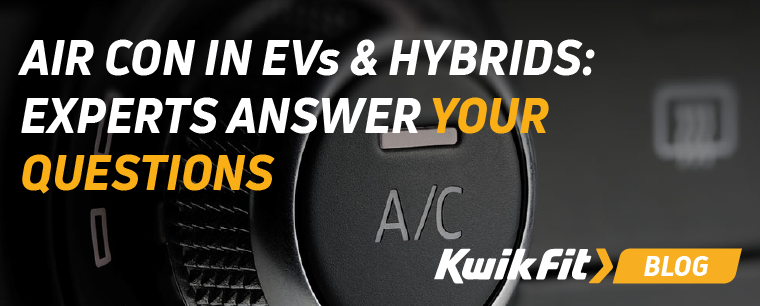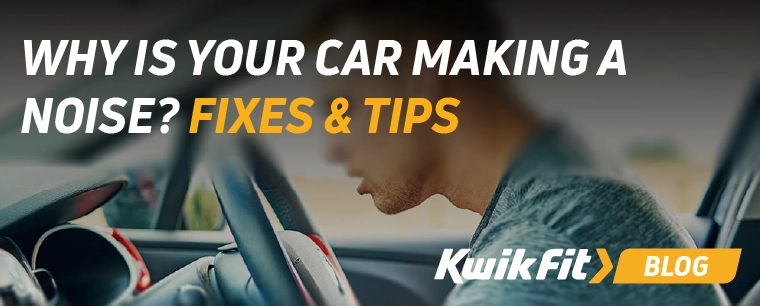Are Camper Vans Cheaper to Insure?
Jack Dreyer | Thursday 18th August 2022 3:19pm

If you’ve spent the summer seeing happy campers everywhere and wondering how you too could get involved, then you may also be wondering what your costs are likely to be. Specifically, are camper vans cheaper to insure?
There are a few important details here that we’ll need to explore further, but the short answer is yes, camper vans tend to be cheaper to insure than other vehicles. Let’s look at why.
Let’s clear up what they’re cheaper than

We should really begin by clearing up what exactly Camper Vans are cheaper than, because there are multiple definitions of what a camper van actually is.
While a camper van is technically anything that you can sleep in, the term is usually only applied to vehicles with van bodies that have had the back converted to be somewhat livable. So even though you can convert a Ford Focus into a camper if you really want to, the hassle of having it reclassified is likely to put a stop to actually having it technically registered as a “camper” and therefore insured as one.
Most usually, these days, camper vans are either built using commercial-type, closed back vans such as Ford Transits, VW Transporters, Peugeot Boxers, or LDV Convoys (for the more ‘bus-type’ campers). But there’s also a whole world of motorhomes which are built using generic “cabs” (the front bits) and individually branded “habs” (the back bits you camp in). You can, for example, find motorhomes with a Talbot cab & platform and a hab specifically made by Swift – or the same Hab on a completely different cab!
The important thing here is that motorhomes come pre-registered as “Motor Caravans” – which carries with it the implication of short term, infrequent use. Whereas van conversions need to be re-registered as Motor Caravans for the insurance to be different. For the sake of safety, re-registering requires a whole list of criteria to be met before the DVLA will agree to do so.
Crucially, the insurance for Motor Caravans tends to be much cheaper than the insurance for commercial vans, but not necessarily cheaper than personal-use cars – and certainly not cheaper than insurance for a motorcycle.
Why are Motor Caravans cheaper to insure?

The cost of insurance premiums is greatly dependent on the type of vehicle being driven, how much damage it can do to other people’s property, how much cost of repairs are likely to be on the insured vehicle, and the historical claims made against that type, make, and model of vehicle.
A brand new, £70k motorhome may be cheaper than a similarly-priced commercial van (though you’d be hard pressed to find a commercial van for that much money) but is also likely to be much more expensive to insure than a 30-year-old motorhome.
Primarily, camper vans tend to be cheaper to insure because of how they’re used. People usually drive their campers very safely because they’re a big investment. They also usually drive their campers from their driveway to a campsite, stay static for a few weeks, then drive home.
This infrequency of use tends to mean that campers need a lot less maintenance work and are much less likely to be involved in an accident (because they’re not often on the road). That is, other than normal things like tyre & brake checks.
That said, and this is especially the case with camper conversions, their strong engines and large weight means they can do a lot of damage to other vehicles in the event of a collision – so this needs to be accounted for when calculating insurance premiums.
Need your camper van serviced?

While campers are for camping, they’re still vehicles and still need to be properly maintained! Find the nearest Kwik Fit that can service high-roof campers here. Our experts won’t be able to service any of the hab parts like the leisure batteries and gas, but you can rely on them for everything mechanical!
Any facts, figures and prices shown in our blog articles are correct at time of publication.
Featured Articles
Is it Illegal to Drive With One Headlight?
Saturday 19th July 2025
Wondering if it’s illegal to drive with one headlight? Learn about the safety risks and penalties of illegal blown bulbs and why you should fix them promptly.
Air Con in EVs & Hybrids: Experts Answer Your Questions
Monday 30th June 2025
Does air con drain EV batteries? Can you use the air con while charging an electric car? Find out the answers to these questions & more from Kwik Fit’s experts.
Why Is Your Car Making a Noise? Fixes & Tips
Friday 13th June 2025
When your car starts making unexpected noises, it can certainly be quite disconcerting; it may be nothing to worry about, but here’s what you need to know.









